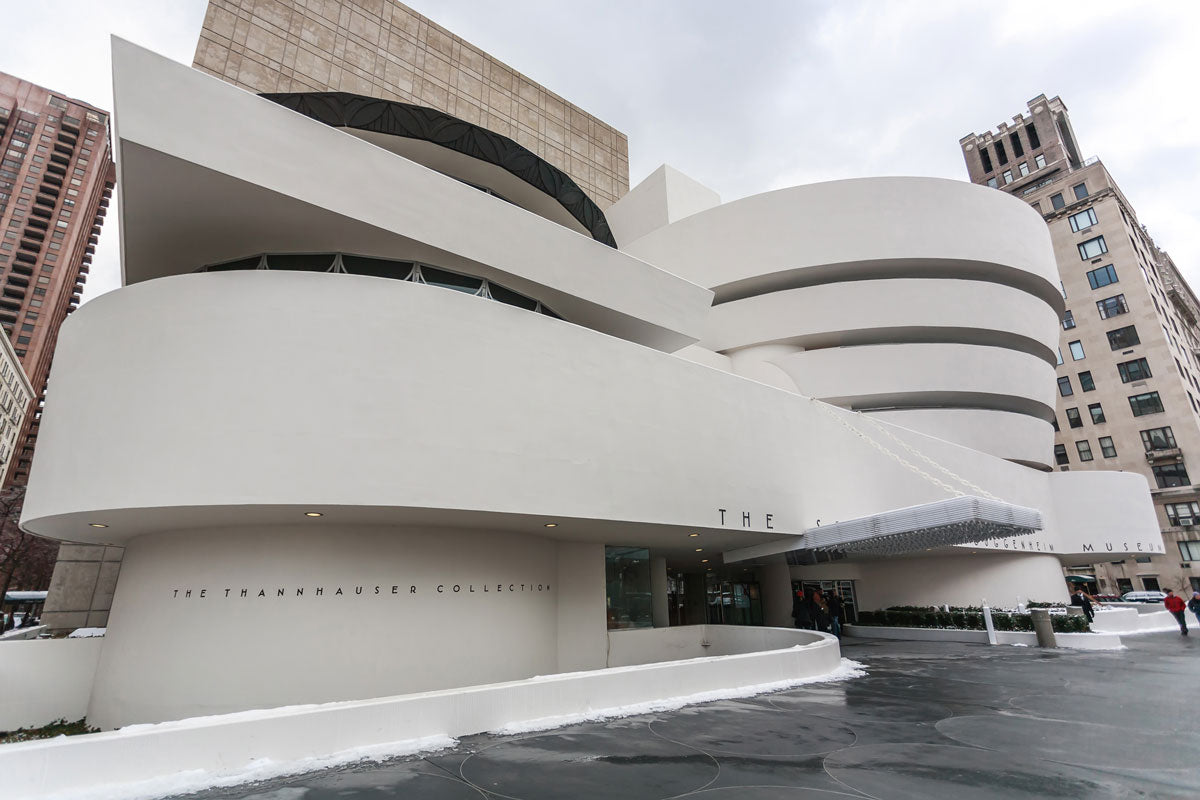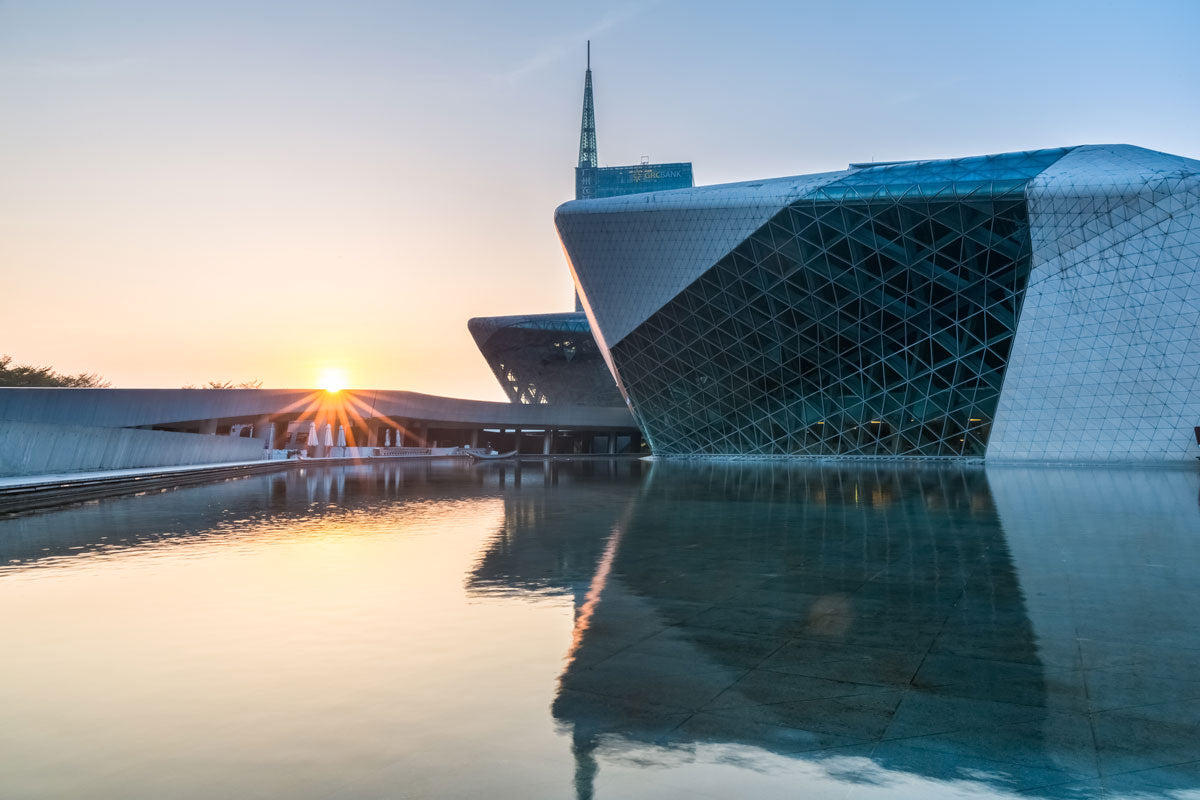Architecture is more than designing spaces; it can be up there in the same level as art. Which leads us to wonder: what happens when two arts meet?
Designing for cultural spaces comes with an additional responsibility. Places whose mission is to shelter pieces of art shall be in the same league and express the same essence as the objects they house. In order for visitors to have a full experience upon entering a cultural space, it is necessary for it to go beyond exhibition or presentation, the place in which this happens must be included, thus surrounding spectators in an artistic immersion.
Even though architecture’s general mission is to design a space so it fulfills a specific purpose, when dealing with architecture for cultural spaces, the inspiring effect should also be taken into consideration in order to create the perfect environment, which sends the message of the artists involved.
But this has not always been the vision behind these spaces; museums especially have gone through many evolution stages to become art works themselves, like the Solomon R. Guggenheim or the Messner Mountain Museum. Their purpose used to be the preservation of artifacts placed in their interior. As they began to acquire new functions, like being places where courses and workshops are taught, having communal spaces and even opening social areas, their solely utilitarian vision was reconsidered.


According to the research work “The Historical Evolution of Museums Architecture”, by Y.M. Manssour, H.M. El-Daily, and N.K. Morsi, the new generation of museums was born in the 20th century with the construction of these sites where each country was able to boast their military power, so spaces as such began having greater importance, in addition to the items they housed.
As time went by, museums became independent from states and new visions began to permeate their spaces. In this text, the visions of Le Corbusier, Ludwig Mies van der Rohe, and Frank Lloyd Wright stand out as pioneers in placing an ideology about form and function in cultural architectural design.
The leaders of the new school were looking for the one thing that would turn their work into a milestone in the history of architecture, so they began with museum buildings from their educational and cultural roles.
Later, with the need museums had to be financed independently (due to the decrease in public donations), these spaces began broadening their offer beyond artistic exhibitions. Shops, cafes, and restaurants were added to the spaces to attract more visitors and, of course, a higher income. The following step, and with the arrival of new technologies to play with architectural design, was to turn places into attractions in themselves, which has resulted efficient when it comes to capturing the attention of locals and tourists. Leading figures like Frank Gehry, Zaha Hadid, Daniel Libeskind, and Jean Nouvel are some geniuses who have raised the standards in architecture for culture, by creating spaces which are not only practical and useful for sheltering and exhibiting the pieces inside them, but also for having an impact as an integral piece of art.


However, this type of architecture has received as many praises as criticism, since there are people who consider that they have become a show that shadows the pieces inside museums, and that the purpose of architecture with a cultural approach is not to eclipse, rather to shelter. This debate has been growing recently through books and lectures, where the challenges to reach mediation between the arts stand out.
On the other hand, there are those who consider it is time to broaden the concept of this kind of architecture beyond museums and places, which are solely cultural. Within these proposals, there is one that speaks about architectural design as an independent way to promote culture and not only to be the place where it is kept. Under this premise, it expands beyond traditionally artistic places and it means to build spaces of cultural creation. This practice is based on the philosophy to transform, reflect, support, and promote the cultural context, so the process for design is rooted in collaboration and integration. For this to happen, other elements have to be taken into consideration, like the history of the building, of its inhabitants, and the activities carried out in it.
Architecture to create culture takes elements from its predecessors, like places for coexistence, expression, and education, but not with the purpose of exhibition, rather of appropriation.
all photos: Shutterstock


